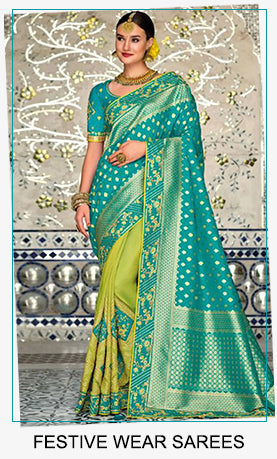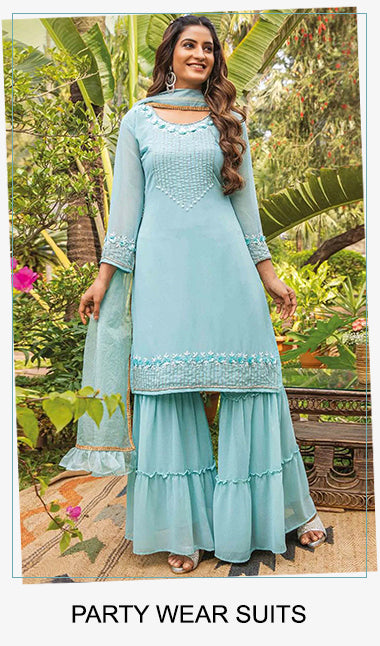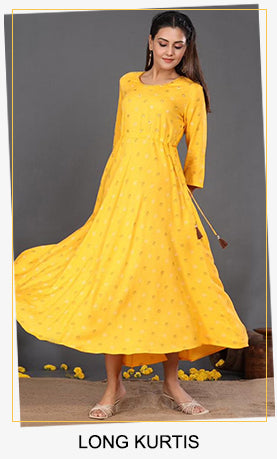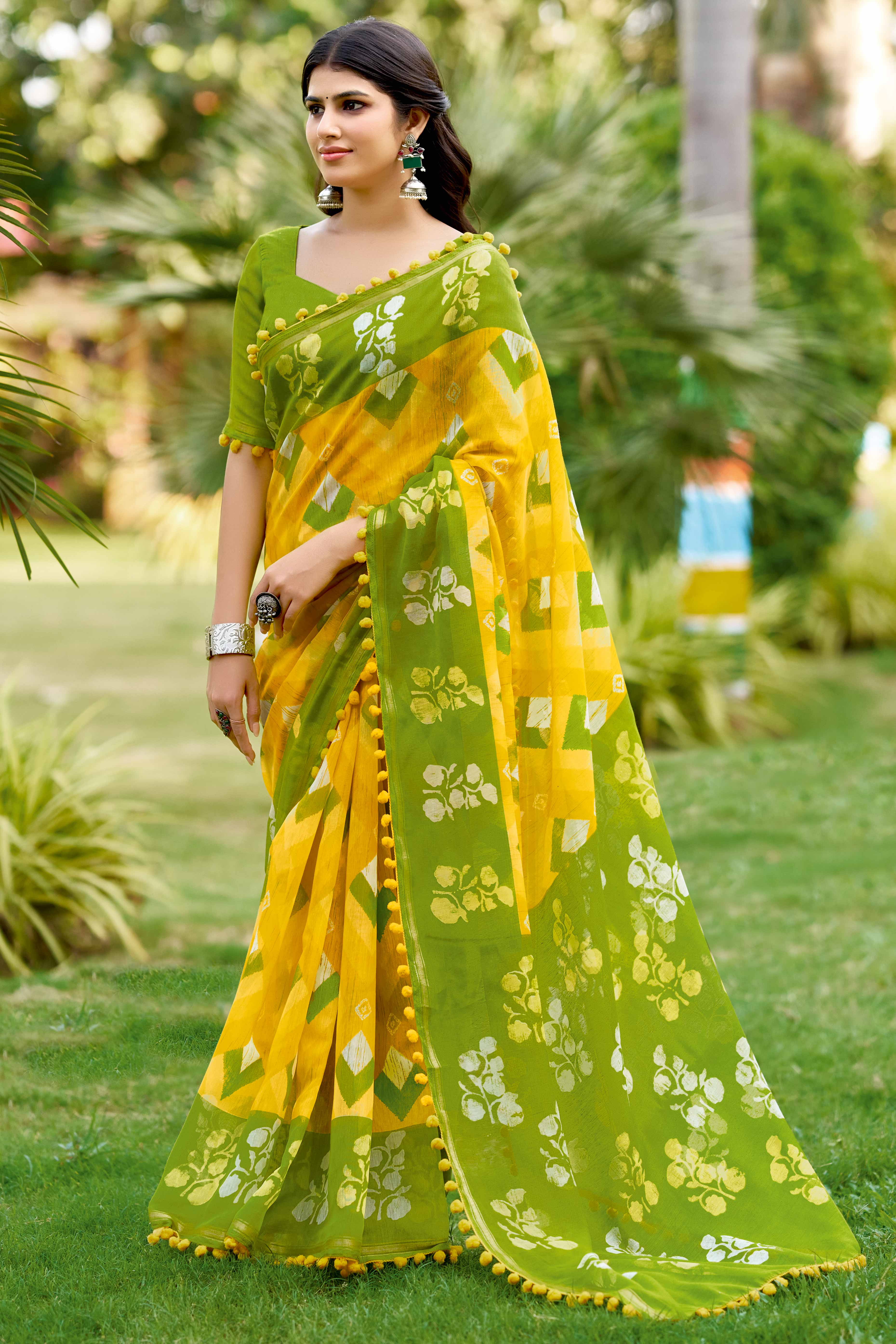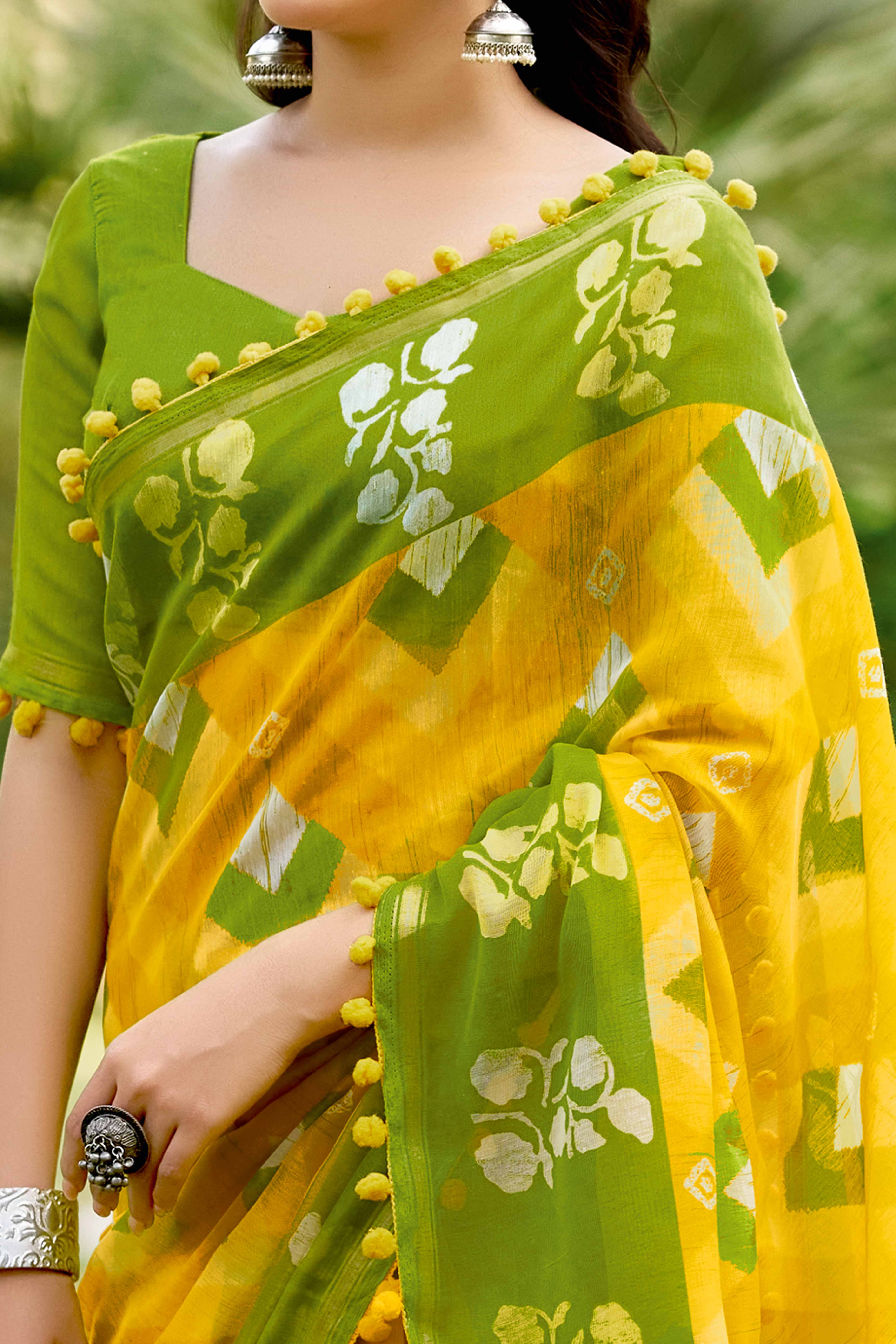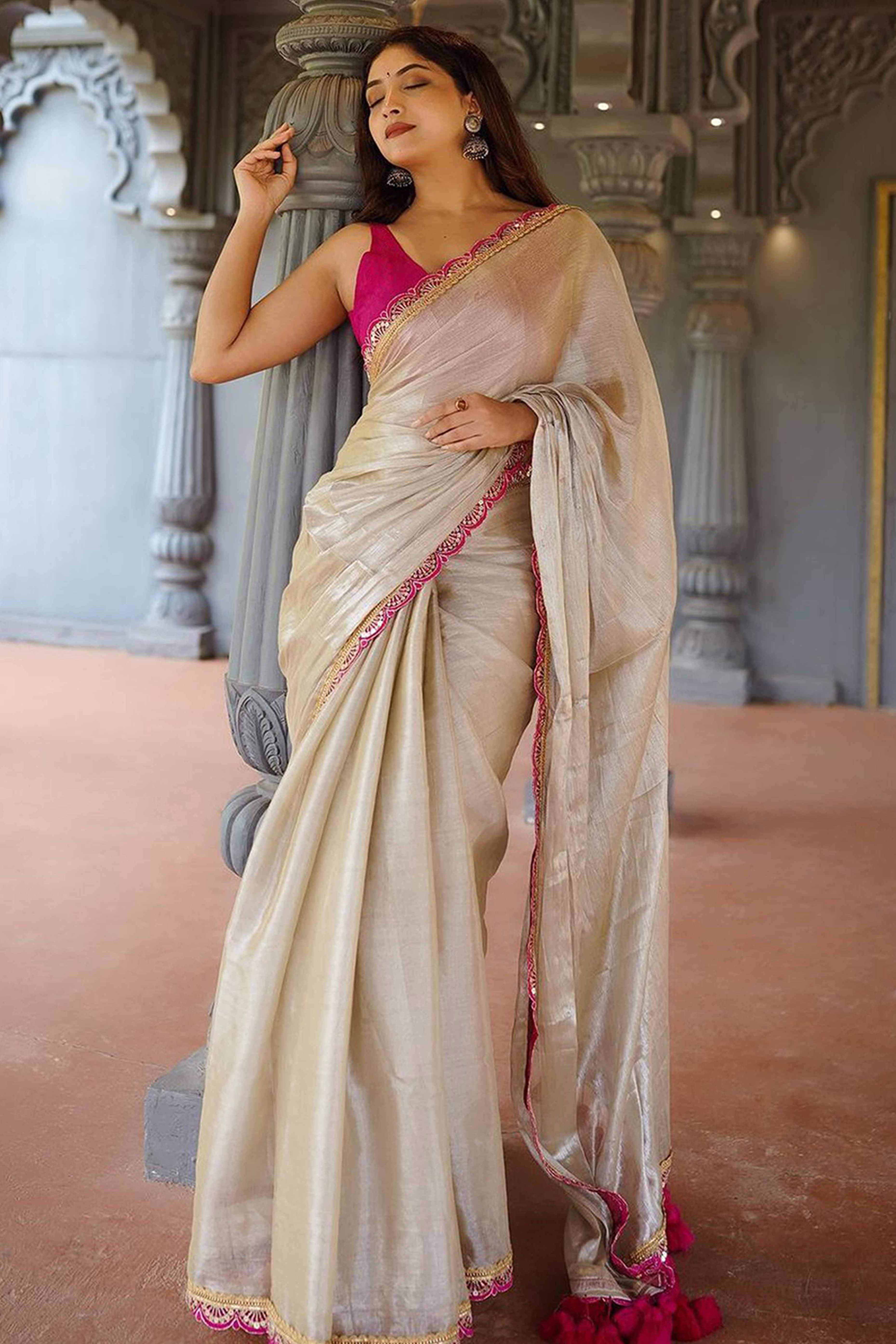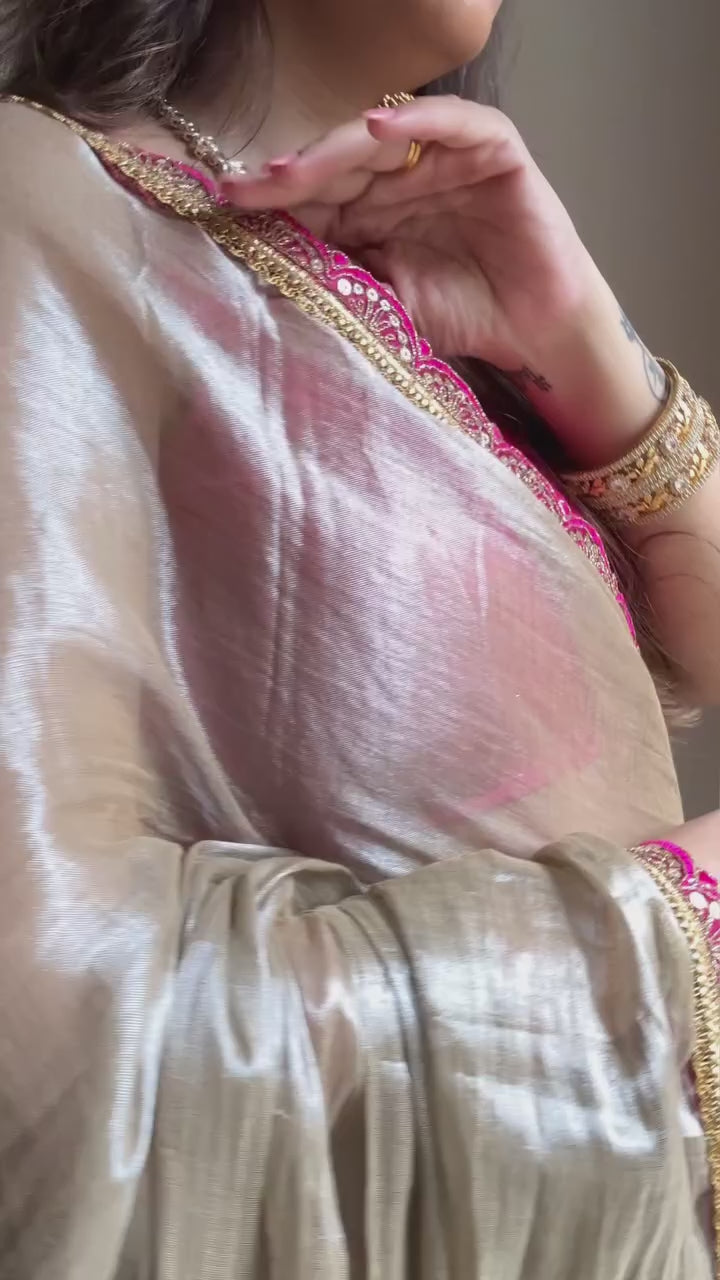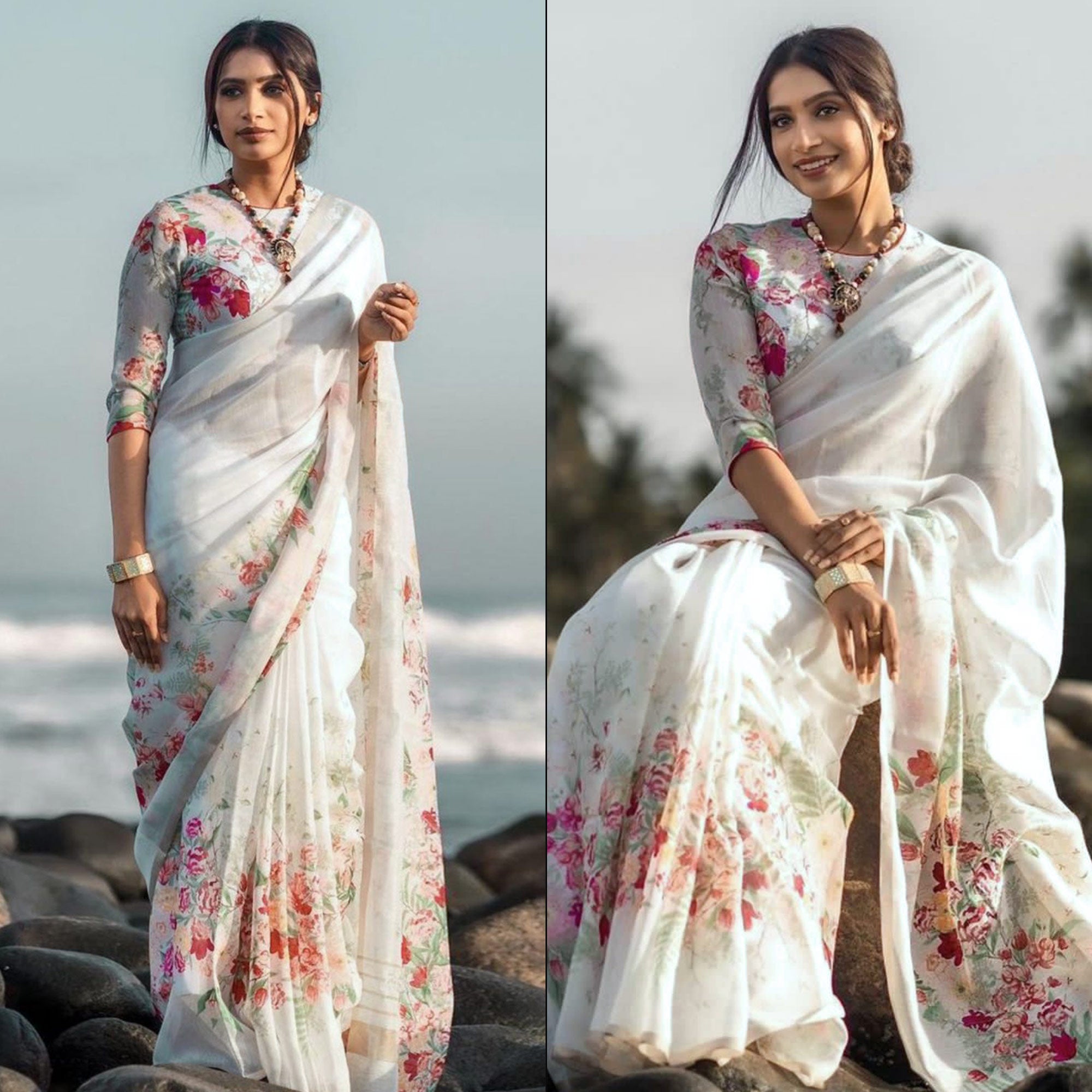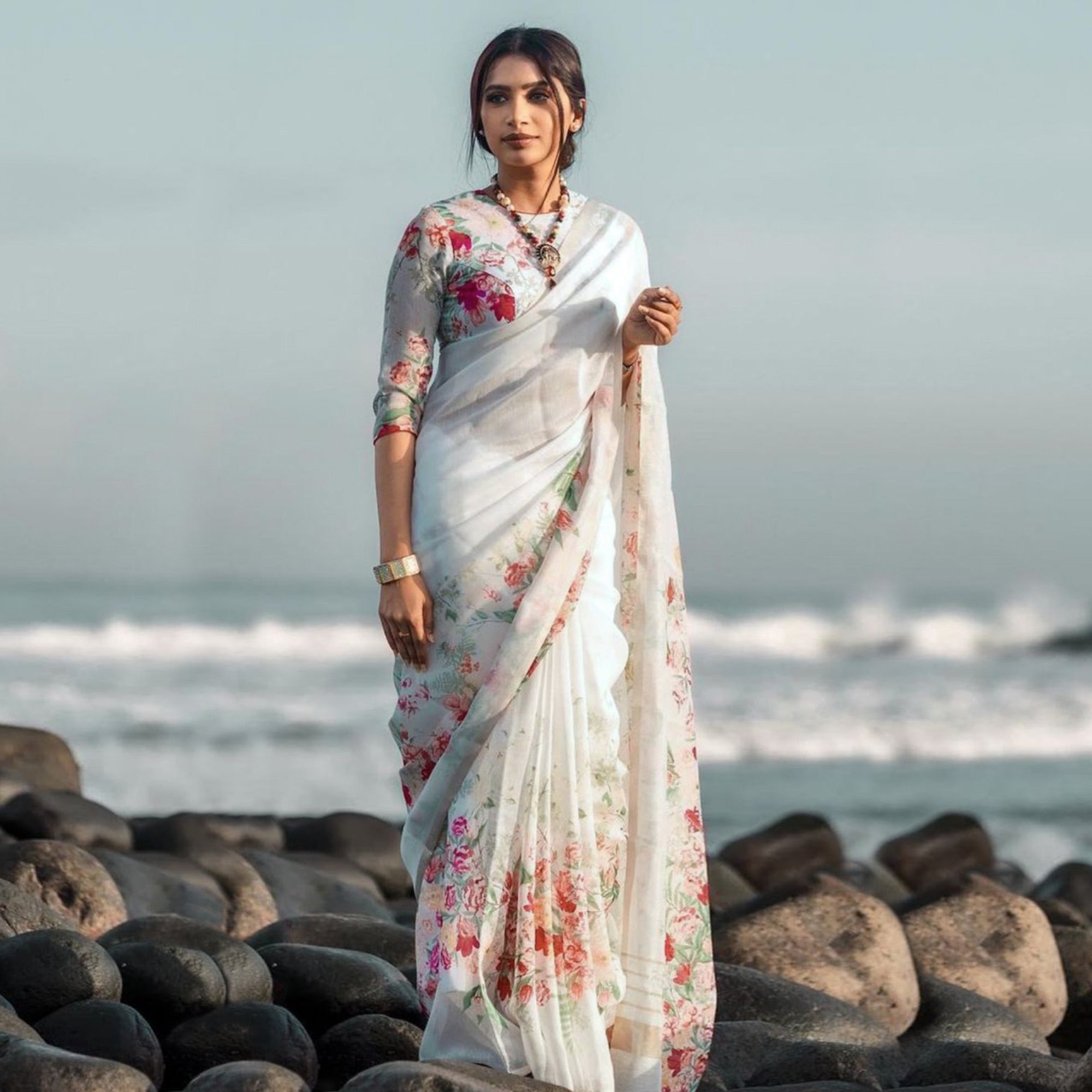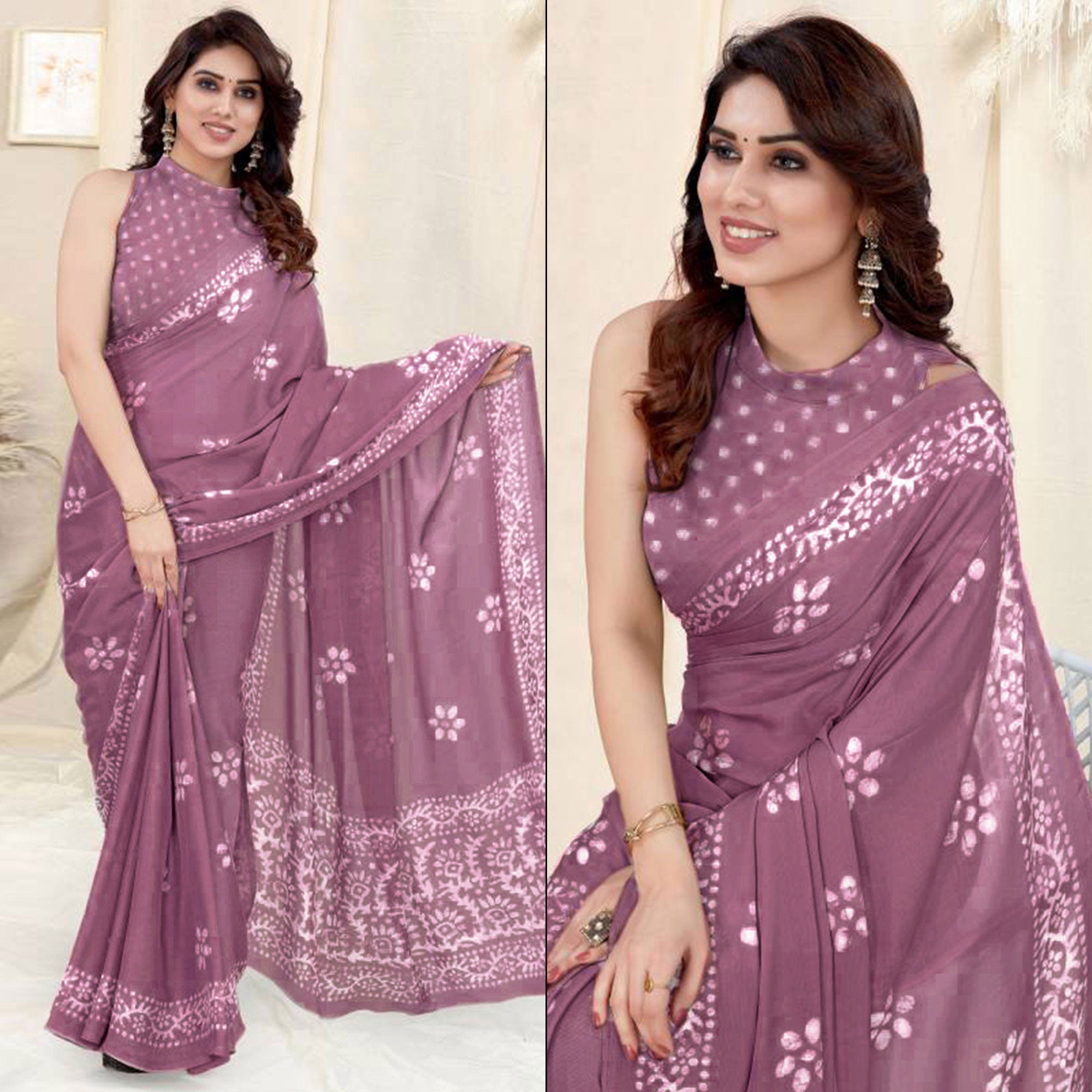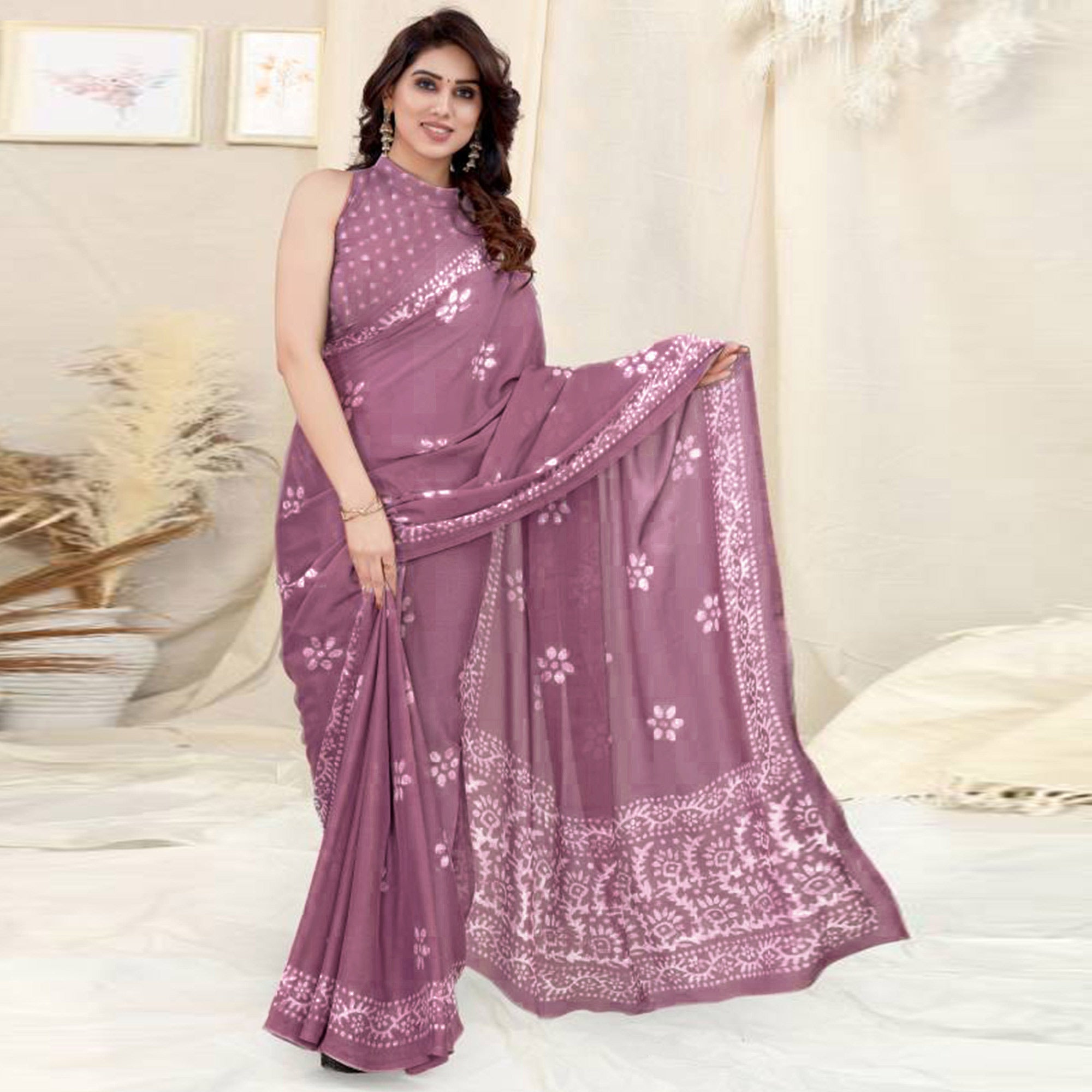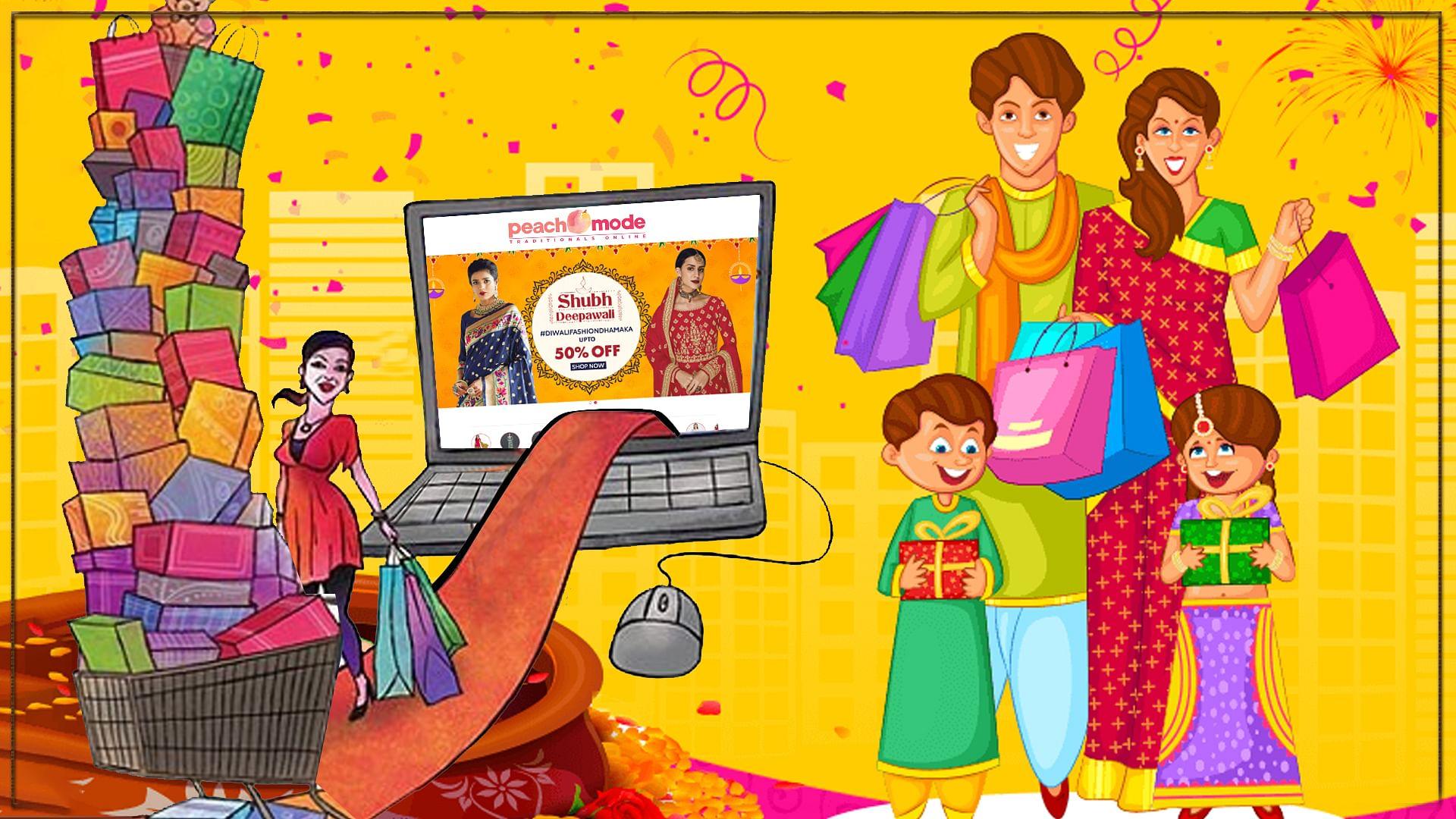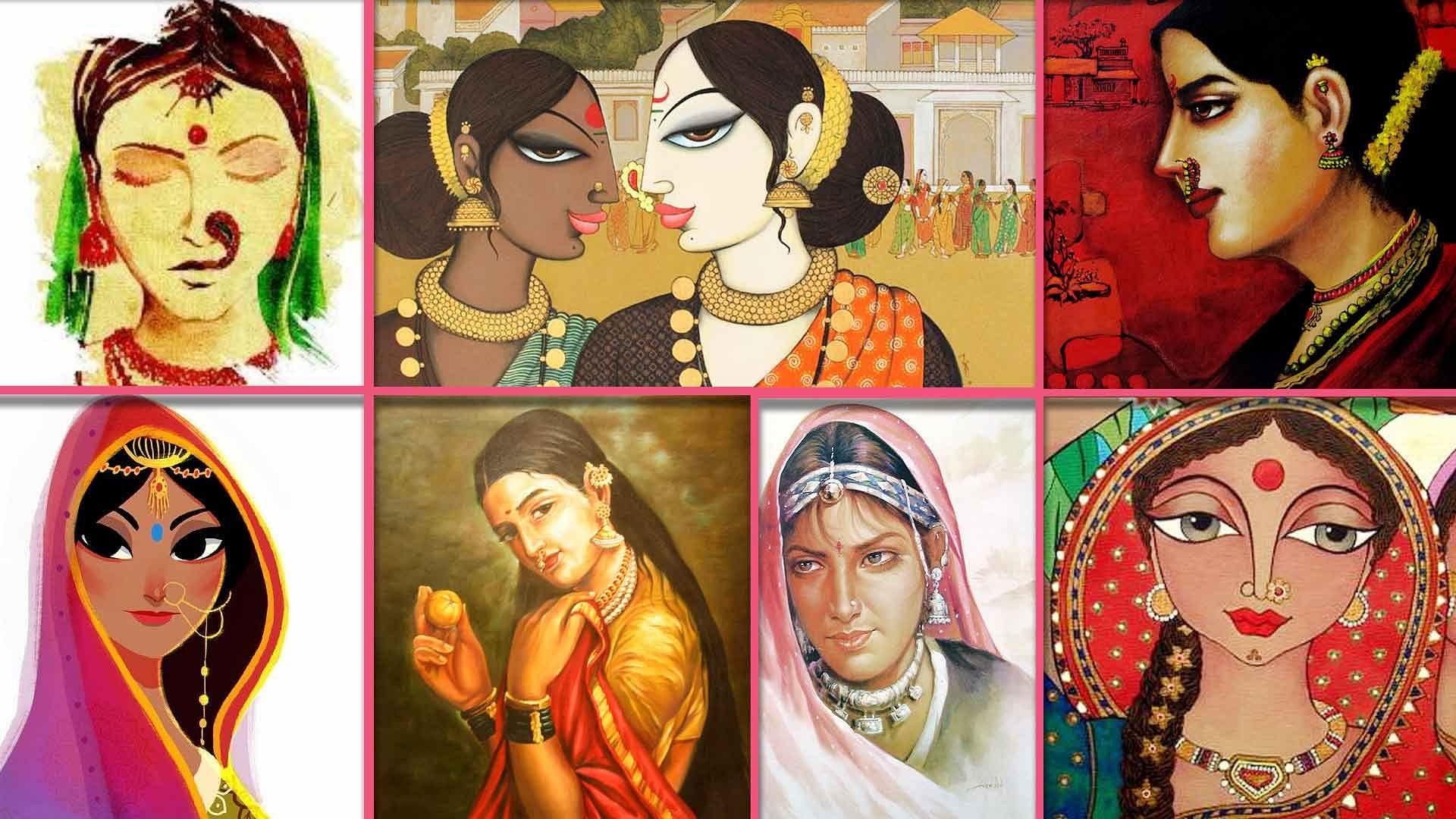Dupatta, Odhani, Chunari, Chunni, Ghunghat, call it whatever you may but if you know cinema, you will agree that Indians have an eternal romance with the very concept of Dupatta in all its glory and splendor. About a hundred songs dedicated to these 2.5 mts of rectangular swathe of clothing is no joke by any means. It just reflects how deeply we are connected to the DUPATTA.
Figuratively speaking, according to its dictionary meaning, 'A Dupatta is a length of material worn arranged in two folds over the chest and thrown back around the shoulders, typically with a salwar kameez, by women from South Asia.
Now that definition may be just very specific and restrictive but we all know how versatile the dupatta is- be it drapes, forms, colors, styles, different fabrics..there are just too many variations to play around with.
The one universal fact however that remains true no matter how or what kind of dupatta we style is that IT MANAGES TO ENHANCE the look of EVERY OUTFIT. There are so many different weaves, fabrics, embellishments, and embroideries that ensure we get an endless variety of Dupattas from every region in our vast country but the most common fabrics used are Cotton, Silk, Chiffon and Georgette.
HISTORY AND ORIGIN


With the ever-changing dynamics of fashion, dupattas have evolved many times over the years but they have a very interesting history too. It has been worn over centuries by both men and women in South Asia and was an integral part of their everyday attire. The people of Vedic India wore three garments namely, nivil, vasas, and adhivasa. The adhivasa was a garment similar to the dupatta of present times. It was an instrument of modesty and most women used it to cover it their head and upper body. It was considered as a mark of respect for women to wear dupattas over their heads in front of elders and even now, in most temples, this tradition prevails.
Now however, the dupatta is a fashion statement above anything else. It is an accessory that can bring any outfit alive and is worn as an accompaniment to women's traditional Indian kurtas, lehengas, and shararas. It can be worn over denims too to create a fusion look and can be draped over sarees as well to give a special, designer wear look.
TYPES OF DUPATTAS
Thanks to our immense cultural landscape, dupattas come in various different varieties here. Right from the Phulkari dupattas of Punjab to Banarasis, Leheriyas, and silk, the options are endless. Let us explore some of the most popular dupattas loved by the women in India-
BANARASI SILK DUPATTA

The rich texture of gold threads mixed with cotton or silk, Benarasis are as regal as they get. Nowadays, they are very much in vogue and can be a show stealer when styled right. A raw silk plain suit looks absolutely rich and luxurious when teamed up with a contrasting, vibrant Banarasi dupatta. It is ideal for festive wear as well as wedding occasions.
PHULKARI DUPATTA

Considered to be synonymous with color and life, Phulkari dupattas of Punjab are just the epitome of vibrancy. Literally translating into flower (phul) – craft (kari), this unique embroidery technique is an art of bringing together bright, bold colors on coarse cotton in soft floss silk thread. They go well with plain suits or lehengas as the Dupattas are pretty colorful and heavy by themselves.
KALAMKARI DUPATTA

With its origins in Telangana and Andhra Pradesh, the Kalamkari dupatta is a work of art that lends a very classy and sophisticated look to any outfit. The dupattas are often hand or block printed with stories from the days of yore. They are a statement-making accessory that can be styled for formal and office wear occasions.
BANDHEJ DUPATTA

No woman's wardrobe is complete without a Bandhej dupatta which originated in the state of Rajasthan. The colors, the tie and dye effect, mirrorwork, and embellishments make it a traditional statement piece that goes beautifully with semi-formal, formal or even bridal outfits.
EMBROIDERED and EMBELLISHED DUPATTAS

Embroidery has been an everlasting play of thread and needle practiced by not only artisans and weavers but also a lot of ancient households women. Crafts like Tanka, Chikankari, Bengali Kantha and Patchwork; embellishments like Dabka, zari, crystals, and stonework all make for interesting and creative patterns on dupattas that make them look like master pieces.
VELVET DUPATTAS

Velvet dupattas have risen to rank in recent years on the fashion front. They symbolize grace and elegance. They are warm, cozy and lend a very glamorous, as well as classy look to the outfit. Mostly, a heavy border works best on velvet dupattas but again depending on the outfit and occasion, the velvet dupatta may have heavy work too.
BRIDAL DUPATTAS

Bridal dupattas continue to remain the centerpieces of the bride's trousseau. While most bridal dupattas are red in color, a lot of brides are experimenting with all sorts of hues for their wedding. So you will find magentas, greens, and pinks along with pastel peaches or powder blues too! Zari, dabka and gota patti are among the most popular embellishments that enhance the bridal dupattas but then again, there are no rules anymore. Personalized dupattas with doli designs, shlokas (AKAK DEEPIKA PADUKONE), and even whole love stories of the bride and groom etched on them are 'THE THING' right now. If you love this OTT style, then the options available are many.
STYLING A DUPATTA

Styling a dupatta is a whole different story but mostly there has to be a balanced overall look. For instance, if the outfit is heavy, go for a light georgette, net or chiffon dupatta but if the outfit is light, a heavily embellished dupatta or a silk one would do wonders.
You can drape it whatever way you like, hanging from the shoulders, resting on your arms, pinned on one side even or just close to the neck like a scarf. The dupatta, whichever way you wear it is bound to make you feel like a star.

